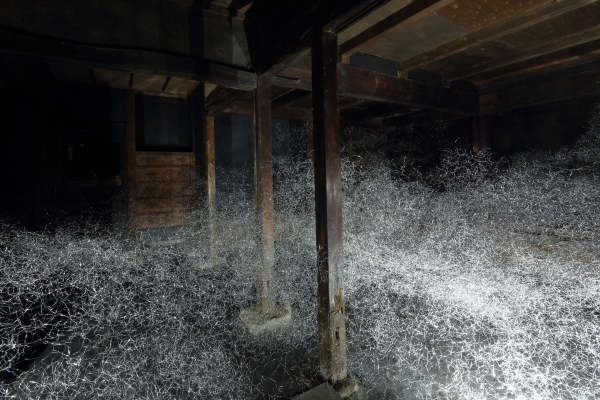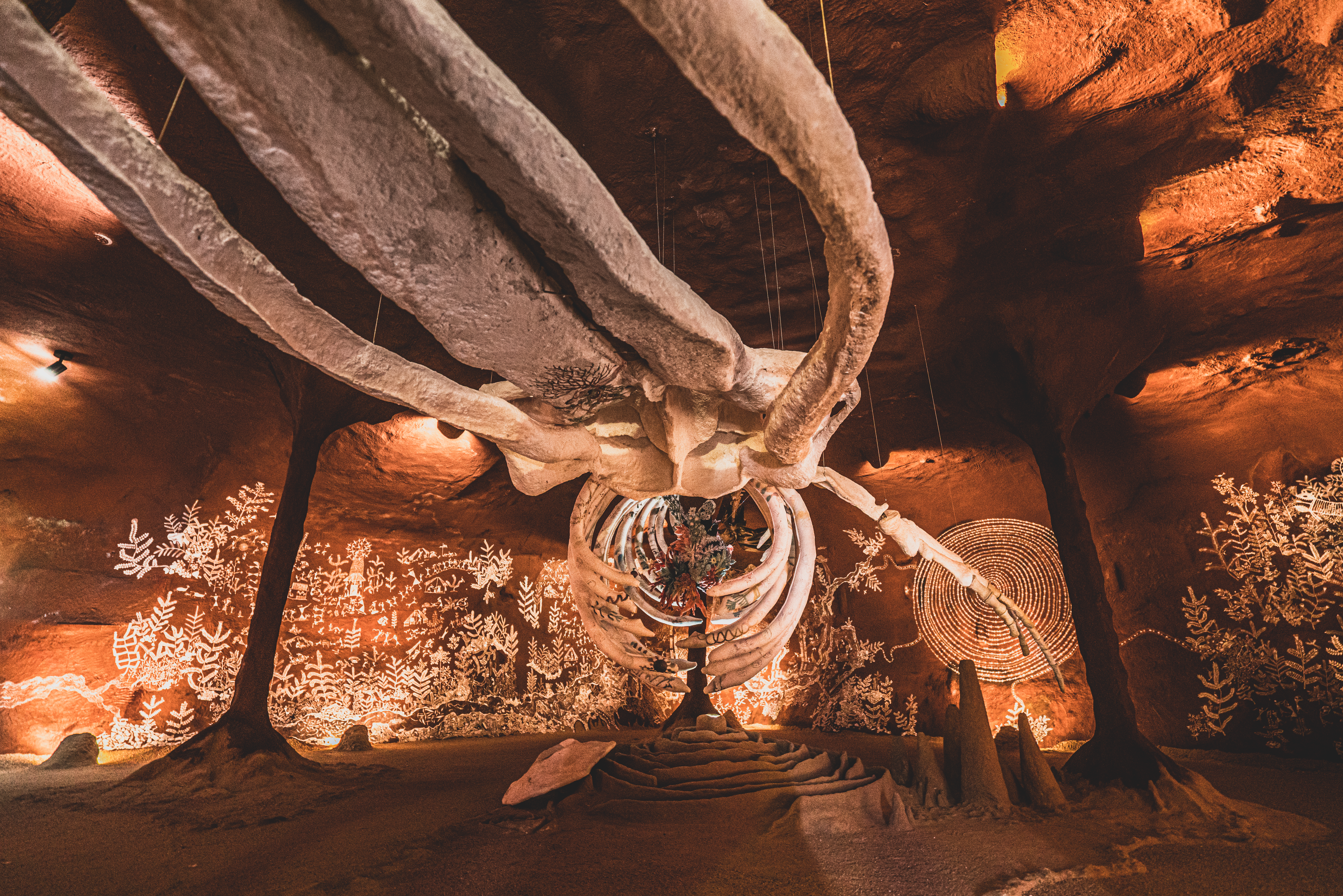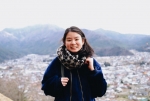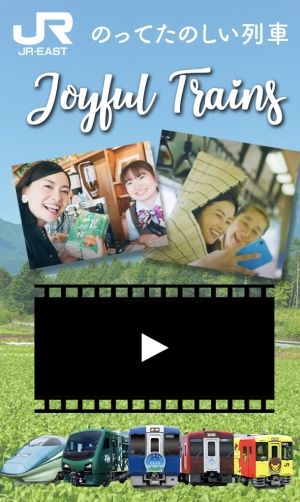10 Intriguing art experiences of Art Setouchi

You may not have heard of Art Setouchi—but you may have heard of the Setouchi Triennale, the contemporary art festival held every three years on islands in the Seto Inland Sea (瀬戸内海 Seto Naikai). Created to revitalise rural communities facing massive depopulation, the festival hoped to attract tourism, using art to express the unique local narratives of each island. However, don’t you think it would be such a shame to only be able to view such intriguing art every three years (the next one will only be held in 2022)? The organisers apparently thought so too, which is why a more permanent framework—Art Setouchi—was established, where visitors can view selected artworks every year!
Art Setouchi is open to visitors during the spring, summer, and autumn seasons, with some larger museums remaining open year-round. Spanning across 12 different Seto islands and 2 ports, each with its own story to tell, visitors making the pilgrimage to visit Art Setouchi are guaranteed a feast for their senses. From the avant-garde to the downright personal (think grassroot-style), here are 10 intriguing art experiences you can encounter at Art Setouchi.
1. Naoshima’s Naoshima Bath "I❤湯" (Ohtake Shinro, 2009)

“Naoshima Bath "I❤湯"” by Ohtake Shinro. (Image credit: Watanabe Osamu)
Serving as the main venue of the Setouchi Triennale, Naoshima (直島)’s reputation as an art mecca exploded after the Benesse Art Site Naoshima commissioned high-profile artwork and galleries (created or designed by legendaries such as Kusama Yayoi, Ando Tadao and even Claude Monet) on the island. While Naoshima is undoubtedly the Art Setouchi overachiever, for the first entry of this list I chose a more obscure installation: Ohtake Shinro’s “Naoshima Bath "I❤湯"” ( "I❤湯" being the most adorable wordplay which reads “I Love YU”). How do I even begin to describe it? It is the baby born from the perfect marriage of Japanese tradition (in the form of public baths) with the nation’s contemporary love for the outright zany. If soaking in a tub while having a large life-like elephant statue stare at your nakedness was ever a thing in your bucket list, you’ve found the perfect place. Even if it’s not, who can deny the intrigue of such an experience?
Naoshima Bath ("I❤湯")
Address: 2252-2, Naoshima, Kagawa-gun, Kagawa, 761-3110
Opening hours: 1pm–9pm (Closed on Mondays; Open on Mondays for national holidays but closed the next day; Will close temporarily for maintenance, as needed)
Admission fee: ¥660 (adults), ¥310 (15 & under), Free (children 2 & under)
2. Shodoshima’s Maze Town – Phantasmagoric Alleys (MeiPAM)

Maze Town. (Image credit: Yokai Art Museum MeiPAM)

One of the unique art offerings in “Maze Town - Phantasmagoric Alleys”. (Image credit: Art Setouchi)
The locals on Shodoshima (小豆島) have affectionately nicknamed the Tonosho township. They call it, “Maze Town”, due to its labyrinth-like town centre. Dating back almost seven centuries ago, the intricate town design was developed as protection against invaders and pirates. While it probably was an epic feat of rural defence, today the town has adopted a more charming angle: Hidden within the rustic architecture lie fascinating and immersive art installations. Developed by local art institution MeiPAM in a bid to bring new value to the aging town, you never know what you will find as you weave your way through the “Phantasmagoric Alleys” of Maze Town.

The Yokai Art Museum. (Image credit: Yokai Art Museum MeiPAM)
The current Maze Town offering is the Yokai Art Museum, which features an outstanding collection of yokai-related thingamajigs. Come and learn about this fascinating aspect of Japanese culture in the most non-conventional way!
Maze Town – Phantasmagoric Alleys (迷路のまち)
Address: Ko, Tonosho, Shozu-gun, Kagawa, 761-4100
3. Inujima Seirensho Art Museum (Art: Yanagi Yukinori; Architecture: Sambuichi Hiroshi, 2008)

Exterior of Inujima Seirensho Art Museum. (Image credit: Daici Ano)
One common theme you will find echoing throughout this listicle would be the idea of rewritten narratives—taking a piece of derelict history and breathing new life into it, often in a way which honours long-held local practices while embracing the future. In Inujima (犬島), the rebirth of a century-old copper refinery into a contemporary art museum epitomises such change. Not only does the imposing edifice stand proud as a symbol of Japan’s rapid industrial modernisation in the early 1900s; today it houses art created by Yanagi Yukinori which questions the future of Japan’s modern society. The refinery itself has also been converted into a water purification system for the island (futuristic!), all whilst retaining the 1900s vintage industrial aesthetic. Successfully straddling the delicate balance between old and new, consider the Inujima Seirensho Art Museum my personal favourite in this list—especially since the whole aesthetic reminds me of my favourite Wes Anderson movie, “Isle of Dogs” (literally Inugashima, even the name is similar…).
Inujima Seirensho Art Museum (犬島精錬所美術館)
Address: 327-4, Inujima, Higashi Ward, Okayama, 704-8153
Opening hours: 9am–4:30pm (Closed on Tuesdays (Mar-Nov), Closed on Tuesdays to Thursday (Dec-Feb); Open on national holidays but closed the next day, Open on Tuesdays when Monday falls on a national holiday but closed on the next day.)
Admission fee: ¥2,100 (adults), Free (15 & under) (Admission to Inujima "Art House Project" and Inujima Life Garden included)
4. Oshima’s Life of N: 70 years on Oshima – A room with a wooden pot (Tashima Seizo, 2012)

“Life of N: 70 years on Oshima – A room with a wooden pot” by Tashima Seizo. (Image credit: Kioku Keizo / Art Setouchi)
This is a bittersweet one. Oshima (大島) is Japan’s only island leprosarium, opened during the early 1900s when Japan promulgated its first leprosy prevention law. What the law effectively did was to isolate leprosy patients in various sanatoriums across the country, disallowing them from stepping out… ever (yes, I am aware it sounds like a dystopian TV series storyline). Oshima was chosen as one of these sanatoriums (or prisons?), and at its peak had about 700 patients calling the island home.
Today, the leprosy prevention law has been lifted, and patients are in-fact encouraged to be discharged. However, the island has been the only home the seniors have ever known; The few still living choose to remain. In a bid to shed light on the island’s history and to rejuvenate the environment for living residents, Oshima’s leftover buildings have been converted into art installations which relay lost narratives of patients past and present. One such work is “Life of N: 70 years on Oshima - A room with a wooden pot” by Tashima Seizo, chronicling a harrowing life of involuntary abortion, forced labor and miserable living conditions. Apparently, N is still alive and well, and has chosen to remain on the island which has given him much suffering. The artwork, when viewed with this knowledge, rewrites the assumption of a ‘wasted life’—definitely a thought-provoking experience.
Oshima Seishoen Sanatorium (国立療養所大島青松園)
Address: 6034-1 Aji-machi, Takamatsu-shi, Kagawa, 761-0198
Opening hours: 10:15am–4pm
Admission fee: ¥300
5. Takamijima’s Remains in the Mind’s Eye (Murata Nozomi, 2019)

“Remains in the Mind’s Eye” by Murata Nozomi. (Image credit: Kioku Keizo/ Art Setouchi)
Keeping in the same vein of breathing new life into remnants of old, the Takamijima Museum has dedicated itself to preserving old houses by converting them into art spaces. The urban landscape of Takamijima (高見島) proves unique—houses cling to slopes forming staircase-like settlements, and in spring Narcissus bloom all-over, reminiscent of the island’s pyrethrum chrysanthemum cultivation history. One such converted house is Murata Nozomi’s “Remains in the Mind’s Eye”, where by interlacing thin steel wire through the space, the artist hopes to embrace the lives and memories of former inhabitants.
Takamijima Museum (高見島美術館)
Address: Takami, Tadotsu, Nakatado-gun, Kagawa, 764-0050
Opening hours: 10am–4:30pm
Admission fee: ¥1,000
6. Honjima’s Moony Tunes (Su-Mei Tse, 2016)

“Moony Tunes” by Su-Mei Tse. (Image credit: Ichikawa Yasushi / Art Setouchi)
On Honjima (本島), the ex-base for the Shiwaku Navy, old houses have also been converted into art spaces. One abode in particular invites you on an interstellar journey. A site and sound installation exploring Honjima’s relationship to the cosmos via the island tides, Su-Mei Tse’s “Moony Tunes” brings visitors on a mediation of the universe and how something seemingly so distant can be made intimate.
Moony Tunes
Address: Kasashima, Honjima-cho, Marugame, Kagawa, 763-0221
7. Teshima Art Museum (Art: Naito Rei; Architecture: Nishizawa Ryue, 2010)

Exterior of Teshima Art Museum. (Image credit: Suzuki Ken'ichi)
Continue your intergalactic journey with a trip to Teshima Art Museum in Teshima (豊島). Designed to resemble a water droplet at the moment of landing, the architecture (brilliantly designed by Nishizawa Ryue) brings about an organic harmony of nature and art, where the whims of Mother Nature freely transforms the space through open skylights and a ground which allows natural water to trickle through. Visitors are given opportunity to re-align with nature and find new appreciation for the beauty of life.
Teshima Art Museum (豊島美術館)
Address: 607, Karato, Teshima, Tonosho-cho, Shozu-gun, Kagawa 761-4662
Opening hours: 10am–5pm (Mar–Oct), 10am–4pm (Nov–Feb); Closed on Tuesdays (Mar–Nov) (Closed on Tuesdays to Thursdays (Dec–Feb); Open on national holidays but closed the next day; Open on Tuesdays when Monday falls on a national holiday but closed on the next day.)
Admission fee: ¥1,570 (adults), Free (15 & under)
8. Megijima’s Oninoko Tile Project (Oninoko Production, 2013)

“Oninoko Tile Project” by Oninoko Production. (Image credit: Takahashi Kimito / Art Setouchi)
Delve deep into nature (literally, the next two artworks involve entering caves) and mythology on Megijima (女木島) as you descend down into the infamous Onigashima Cave from the folklore of Momotaro. While the cave was developed into a tourist attraction revolving around the legend (of course when you have a money-making premise handed to you on a silver platter, you just have to take it), in recent years the Oninoko Production, consisting of over 3,000 junior-high volunteers from Kagawa, have started displaying their handcrafted Onigawara Tile collection (a traditional art of Kagawa Prefecture) within the cave. Some rooms are filled to the brim with the ornaments, making it an interesting cultural experience for the uninitiated. Looking at this artwork, I’m reminded of Singapore’s very own Haw Par Villa, a unique blend of tradition and the surreal.
Onigashima Cave (鬼ヶ島)
Address: 235, Megi-cho, Takamatsu, Kagawa 760-0092
Opening hours: 8:30am–5pm
Admission fee: ¥500
9. Awashima Artists’ Village Cave Mural (Ohkojma Maki & Mayur Vayeda, 2019)

(Image credit: Mitoyo Tourism and Exchange Authority)
Another cave-centric artwork, The Artists’ Village Cave Mural, is located in Awashima (粟島). Drawing inspiration from Minke Whale carcasses which were washed up on the island’s coast in 2002, Ohkojma Maki’s embroidered multi-textile reproductions of whale bones (made in partnership with the Awashima residents, from ocean waste) emphasises on how the ocean is the place where life merges. Along with Mayur Vayeda’s Warri (an Indian ethnic minority) paintings which tell of the birth of humankind, the art installation celebrates the cycle of life and death, and the interconnectedness which is shared by all living creatures.
Awashima Artists’ Village (アーティスト・イン・レジデンス)
Address: 1311-1, Takuma-cho, Awashima, Mitoyo, Kagawa, 769-1108
Opening hours: Saturdays, 1–6pm
Admission fee: Free
10. Ogijima’s Walking Ark (Yamaguchi Keisuke, 2013)

“Walking Ark” by Yamaguchi Keisuke. (Image credit: Takahashi Kimito / Art Setouchi)
The last piece in this list is a symbol of hope. Strategically located on the coast of Ogijima (男木島) to face Iwaki City in Fukushima Prefecture, Yamaguchi Keisuke’s “Walking Ark” is the poignant representation of the artist’s prayers for safety from natural disasters. On a more lighthearted note, the piece serves as a fun photo-op—I’ve seen articles recommending hiding in-between the legs for a fun snap—and Ogijima has also earned its reputation as a cat island. An afternoon spent with art and kitties—what could be better?
Ogijima Island (男木島)
Address: Ogi-cho, Takamatsu, Kagawa, 760-0091
This listicle has only covered 10 out of the 14 main areas which are featured in Art Setouchi. The remaining four locations (Ibukijima, Takamatsu, Uno Port, and Shamijima), while only having smaller artwork, have their own unique offerings for you to explore too—so don’t miss them out!
Access to the islands can be made from Uno Port in Okayama Prefecture (岡山県 Okayama-ken), or from Takamatsu Port and other local ports in Kagawa Prefecture (香川県 Kagawa-ken). Do note that visits to the islands are currently suspended due to the COVID-19 situation, but once the pandemic blows over, perhaps you could reward yourself with some great art experiences in Art Setouchi.
Meanwhile when we’re all stuck at home, here’s a taste of Art Setouchi right in our local shores (thanks to the strong ties between our art industry and Benesse Art Site Naoshima): Amanda Heng, a local Singaporean artist, was awarded the 12th Benesse Prize during Singapore Biennale 2019 and will be exhibiting her artwork at Fukutake House in Shodoshima along with another local artist, Zulkifle Mahmod. Singapore pride!
Header image credit: “Remains in the Mind’s Eye” by Murata Nozomi, taken by Kioku Keizo / Art Setouchi.





